The difinition of physiotherapy by Farlex dictionairy is:
“the profession concerned with promotion of health, with prevention of physical disabilities, with evaluation and rehabilitation of persons disabled by pain, disease, or injury, and with treatment by physical therapeutic measures as opposed to medical, surgical, or radiologic measures. “
Physiotherapy course took three years. I’ve studied between 2009-2012 in Poznan, Poland. It gave me the foundation of anatomy, physiology, biomechanics, biochemistry, biophysics, psychology and practical implementation of physical therapy in hospital environment. In Poland you can later decided in which field of rehabilitation you’d like to specialise – for example neurology, cardiology, gynaecology, palliative care, paediatrics etc.
After three years I have decided I want to discover more about the nature of musculoskeletal pain problems. That was the beginning of my journey.
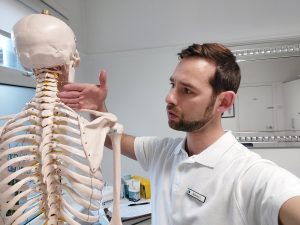
To graduate in Soft Tissue Manual Therapy I have studied between 2012-2013. It was a huge step in learning how to use my hands by implementing various soft tissue techniques to help with musculoskeletal problems. It also opened a new concepts and views on functioning of human body.
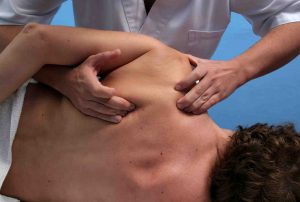
Myofascial Release is a specialised type of manual therapy of soft tissues like muscles, fascia, ligaments and skin which improves mobility and reduces the pain. Fascia is a tissue which surrounds, connects and protects all structures in our body – muscles, internal organs etc. Lack of movement in one area of our body can affect, all other structures even these that’s are far away from the restriction. Implementation of passive and active release techniques can bring great results in how a patient is functioning on day to day basis.
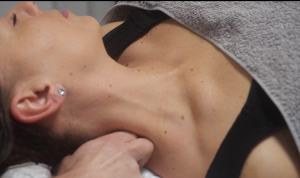
Deep Tissue Massage is a targeted massage deep within tissues. It can be an intense experience but it will leave you relaxed and rejuvenated. Athletes, office workers, people who are exposed to high stress levels are finding it very beneficial to reduce their aches and pains. There’s no fluff here, you will receive treatment in the areas where your body needs it the most, deep in the muscles.
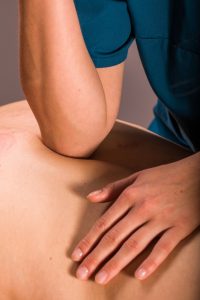
Myofascial trigger points are these painful “knots” in our muscles. Active trigger points can cause pain in distant areas of the body. Trigger Point Therapy is focused on finding in which muscles we have active, latent, primary or secondary trigger points and then reducing trigger points activity to relieve pain symptoms.

A thin, stretchy, elastic cotton strip which we stick on the skin helps to speed up the process of regeneration after injury, reduces inflammation, improves fluid flow and supports joints function. Appreciated by athletes all over the world becomes more and more popular in treating pain problems for general public.
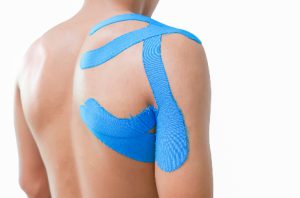
Pinopressure also known as pinotherapy or “clavitherapy” a therapeutic method that uses the body’s self-healing mechanisms. It was first introduced by a Polish professor – Ferdynand Barbasiewicz.
The method is classified as reflex therapy, which uses the body’s abilities to respond to certain stimuli. We use special nails (called pins) that are made of stainless steel or brass. During the application skin is not pierced and we are able to achieve relaxation in the muscles and change in modulation of signals of the nerve system.
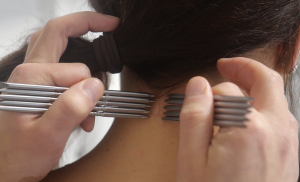
This course is bringing a holistic and integrated view on human body that works as a whole connected machine, not as single muscles. It is based on myofascial meridians.
This concept of work with human body is getting more and more popular amongst manual and movement therapist. Putting it simply – restrictions in one area of the body can result in restrictions somewhere else. For example fascial restrictions around tibialis anterior muscle can affect hip mobility resulting in back pain or pain in your thumb can be linked to restrictions around your chest.

photo source: https://www.anatomytrains.com
A continuation of previous course discovering more connections and more myofascial meridians.
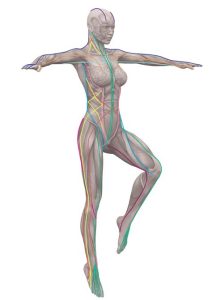
photo source: https://www.anatomytrains.com
This site was built by Michael Hein | Privacy Policy
